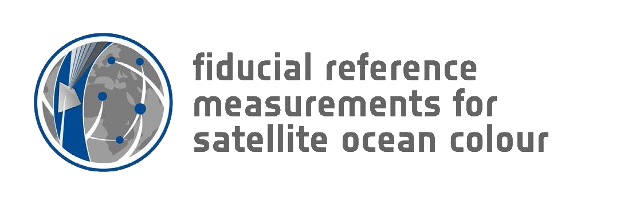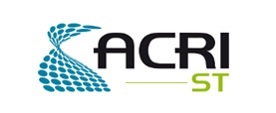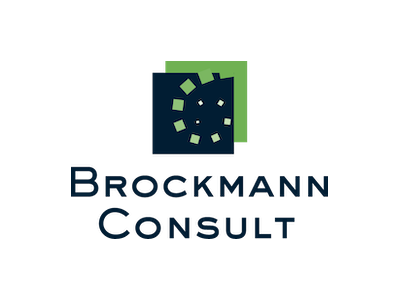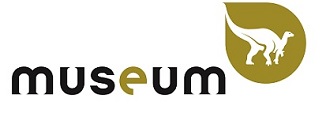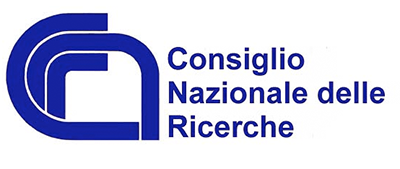Field Intercomparison Excercise (FICE-1) at the AAOT, Italy in July 2022.
An inter-comparison at the AAOT to quantify differences in radiometric quantities determined using a range of above-water and in-water radiometric systems, including automated systems such as sun-tracker and floating profiler.
Location: Acqua Alta Oceanographic Tower (AAOT), Venice, Italy.
AAOT platform has a long history of optical measurements to support and validate both NASA and ESA ocean colour missions (Zibordi et al., 2004, 2006, 2009a, b). An autonomous optical measurement system was developed at the tower in 2002, which data has been widely used and accessed by the ocean colour community for satellite validation via the AERONET-OC network (Zibordi et al., 2002, 2009b). There is easy access to infrastructure which also includes the use of a boat for in-water deployments. The site has stable environmental conditions during July with clear skies, low wind speed and calm sea state, and a high likelihood of Case 1 water type conditions.
Water type: Optical Case 1 (clear open sea waters) for 60% of the year (Zibordi et al., 2009b); 40% optical Case 2 (turbid coastal) depending on river discharge from the surrounding catchment.
Dates: 8 – 18 July 2022.
Rationale: The previous S3 OLCI inter-comparison at the AAOT focused on Seabird-HyperSAS and TriOS-RAMSES hyperspectral above-water radiometers, the FRM4SOC phase-2 FICE-1 inter-comparison will include other above-water and in-water radiometric systems, by extending it to a broader range of international participants. This will cover a broad cross section of the International Ocean Colour community and also provides comparisons between different optical sensors and methods that are frequently used in S3 OLCI validation.
The inter-comparison at the AAOT will consist of 7 above water and 4 in-water systems. Above water systems: RAMSES- TriOS, Seabird HyperSAS, together with Sun trackers: advanced PANTHYR, TriOS sun-tracker (So-RAD), HyperSAS pySAS robot, HypSTAR, and in-water TriOS- RAMSES floating buoy, Seabird floating radiometer HyperOCR and free-falling optical profiler HyperPRO.
The same methods and experimental design will be deployed as in phase-1, which are described in Tilstone et al., (2020). In brief, instruments will be located on the same purpose-built frames for both above-water radiance and irradiance where possible so that measurements can be made with identical viewing zenith angles. The deployment frame will be adjusted for each measurement sequence to reduce sunglint. Above-water measurements will be conducted every 20 min from 08:00 to 13:00 GMT over a discrete measurement period of 5 min. In-water measurements will be matched as close as possible to the above-water systems both in time, location and duration. Only data with wind speeds < 5 m·s-1 and clear skies will be used to inter-compare the radiometric systems.
The following bio-optical measurements will be taken to characterise the inherent optical properties at the site: Chl-a, CDOM, SPM, bench and profiling turbidity, Secchi depth; KdPAR, Kd(490), WetLabs AC9 (absorption and scatter at 9 wavelengths) as well as VSF3 (Wetlabs). These will be used in radiative transfer modelling as alternative means of estimating remote sensing reflectance and fully normalized water-leaving radiance.
Contact:
Gavin Tilstone, PML

